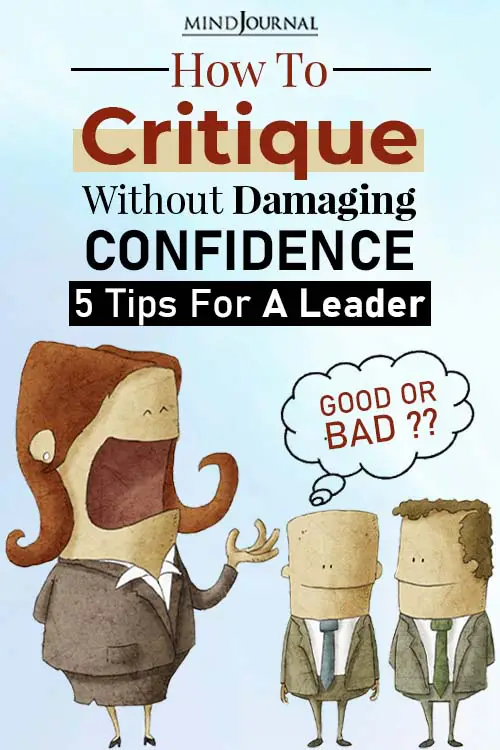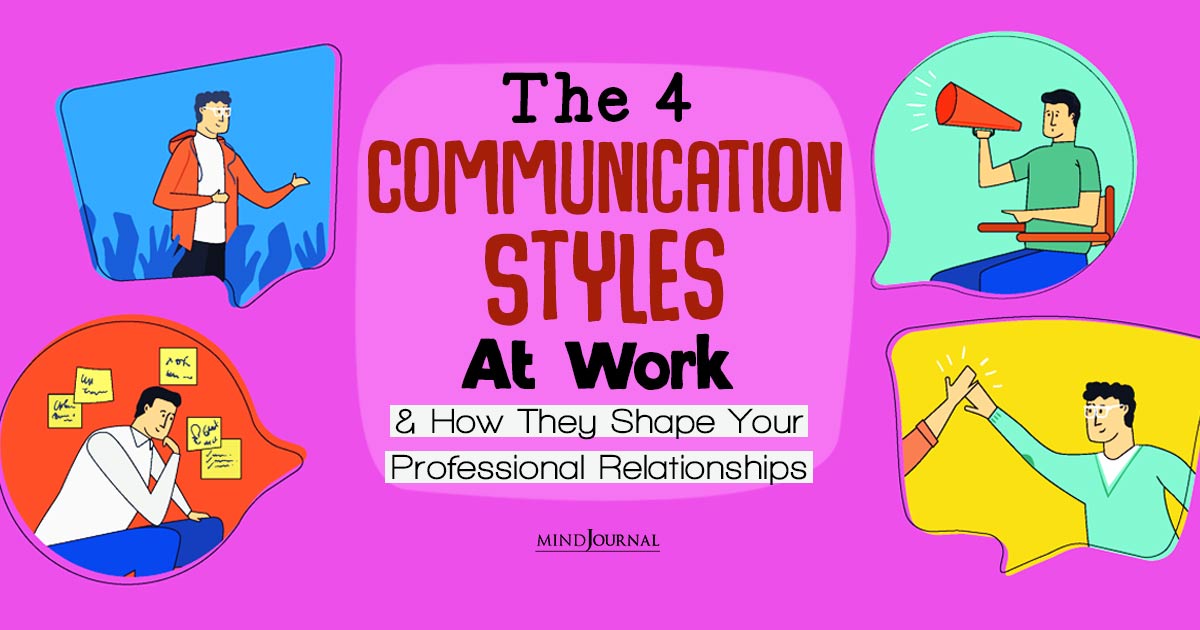When you are the leader, there will come times where you have to critique the performance of those whom you are leading. Their work is not meeting the standards that have been set and you must confront them. How do you critique but not detract from the confidence of the person you are critiquing? How do you correct his work but have him continue to come to work with a positive attitude?
You may consider thinking about the following five thoughts listed below.
1. Action Vs. Person
In their outstanding book, The One Minute Manager, Ken Blanchard and Spencer Johnson emphasized that you critique the action, not the person. A number of coaches in the athletic arena don’t believe this. They think you criticise both the action and the person. By addressing both you get the attention of the person and he will be motivated to do better.
I played for a coach who believed the person had to be addressed harshly to get the player to improve his performance. I found that to keep my confidence, I literally tuned him out when he was ripping me. The problem, however, was when he was teaching some very important concepts for improvement, I still had him tuned out.
I then played for a coach in college, Gordie Gillespie, who surely corrected poor performance. When he yelled you knew it! However, in the four years I played for him, I never heard him attack the personhood of one of our players. It was always the action.
Read 5 Things That True Leaders Should NEVER Do
I think there can be one exception to this philosophy. When you have corrected the action of the person whom you are leading a number of times but he refuses to change, you may have to address the person.
We had an athlete on one of our basketball teams at the University of St. Francis who would go to the end of the bench when we took him out of a game. We wanted all of our players to come to the bench and sit by an assistant coach and talk about the game. He paid no attention to our mandate and continued to not sit by a coach.
The third or fourth time he did this, I told one of our assistant coaches to escort him across the court to the locker room during a time-out. I instructed our coach to inform him that I would ask him one question at half time – does he want to be part of our team or not.
I was glad his decision was to stay with us because he was a very good player! I hated to embarrass him but he had no right to embarrass our team. He never went to the end of the bench after that incident.

2. Sandwich Theory
The sandwich theory can be a way of getting your critique across to a person without detracting from his confidence or his positive attitude. You sandwich the critique between two positive comments. This is a useful method to critique without breaking confidence.
I could say something like this to one of our basketball players. “You know you are an excellent player, so why would you make the difficult or fancy pass instead of the easier pass to keep our offense moving? Now get back to the court and show everyone why you are an All-Conference player.”
He hopefully got the point that the fancy pass is often intercepted and we don’t want it in our offensive game. Were he to continue to make the difficult pass, he would be sitting next to us on the bench! In sport, the bench is the great equalizer.

3. Mean What You Say
There is a maxim that states, “Mean what you say and say what you mean.” You don’t want to beat around the bush when you have to deliver criticism; you want to be specific. You want to be straight forward in approaching the problem.
I only participated in one intervention and that was definitely a time to mean what you say. We had to confront a person on alcoholism. We had our team present along with a psychologist who taught us how to conduct the intervention.
We actually integrated the sandwich theory into the intervention because we began the session with three of the team members telling the person how much they sincerely cared for him. Then we addressed how serious his problem was and that we could no longer tolerate his being with us if he would not go to rehab.
We had a car waiting for him right outside the building and a hospital ready to admit him. We also had a facility that would take him in after the detox at the hospital. We finally meant what we were saying by telling him if he did not immediately go to the hospital, he would no longer be with us. He agreed to go. It was critical that we were all on the same page in saying what we meant and meaning what we said. Isn’t it a smooth way to critique someone without breaking their confidence?
4. Critique In private
Amy Guettler wrote, “During any critique, do it in person and privately to avoid embarrassing him in front of his coworkers.” I do agree with this with the one exceptional example given above. Embarrassing the person you are critiquing is always the very last resort. Criticism in private is a safe method, as it won’t embarrass a person and break his confidence.
A major league manager once spent three hours with a group of us talking baseball. I had great respect for him because he never criticised his players in the newspaper or broadcast venues. He did tell us, however, there was a time when he was disappointed with his middle infielders.
He called them in private and simply told them, “There still is a Triple A League!” He didn’t have to say they could be demoted there. They got the point. Joe Nameth, the outstanding NFL quarterback, was actually criticised publicly but he still respected his parents. He said until he was thirteen he thought his name was “Shut up!”
Read 6 Ways To Protect Yourself From Destructive Criticism
5. Feedback
Geoffrey James wrote, “Threat criticism as a form of feedback.” Ultimately, the purpose of criticism is for the person you are critiquing to improve his performance and confidence. To get improvement from your critique, you may want to consider how Geoffrey James continued, “Listen, acknowledge, and learn. You may think you know what’s going on and why something happened, but you might easily be wrong.”
This can happen in the educational world. We once had a girl at the high school level who was bright but simply did not want to study. When we listened to her, we found out she was in a foster home, and in that home, she had seen some horrendous things happen to the younger people there. Given what she was experiencing, studying was the last thing on her mind.
There may be merit in what Ian Maclaren wrote, “Everyone you meet is fighting a battle you know nothing about. Be kind. Always.”
If your goal is to have criticism lead to improvement and to have the person being critiqued, retain his confidence and positive attitude, you may want to consider these five points prior to the confrontation.
- Critique the action, not the person.
- Determine if the Sandwich Theory of criticism is applicable.
- Say what you mean, mean what you say.
- Critique in private.
- The goal is feedback, confidence, and improvement.
Please share this article with anyone who you may think will find it valuable and helpful.
Written by: Pat Sullivan
Originally appeared on: Addicted2success
Republished with permission









Leave a Reply
You must be logged in to post a comment.